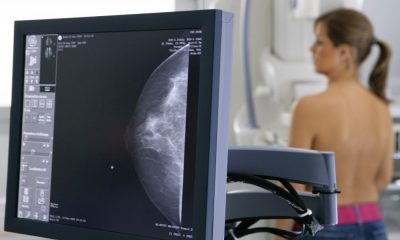If you ever needed to have a surgery, you surely know what anaesthesia is. The most commonly used drug in hospitals around the globe. The word anaesthesia is derived from a Greek word meaning “loss of sensation”. The term “anaesthesia” was first coined by Oliver W Holmes in the year 1846 to explain insensibility to sensation by means of induced drugs. In a medical procedure, apart from numbing your sensation, anaesthesia is also used to induce other reversible effects on your body like relieving pain, reducing anxiety, causing amnesia to blank out your memory of the procedure or how it felt and paralyzing your muscles. Today anaesthesia can be broadly classified into three categories Local, Regional and General Anaesthesia. In this article, we will briefly discuss the first class Local Anaesthesia and the advantages and disadvantages involved in its use.
Local Anaesthesia
Local Anaesthesia is administered to affect just a small patch of the body. It obstructs the movement of nerve impulses and thus prevents the nerves from carrying pain signals to your brain without affecting the consciousness and sensitivity of other areas of the body. One very common use of Common Anaesthesia can be seen in dental procedures, where Novocaine shots are used to numb the nerves in the mouth. It does not leave the person unconscious. It rather helps in reducing pain and distress. Local Anaesthesia is readily available and can be easily administered.
The many advantages of Local Anaesthesia include;
1. The patient does not lose consciousness.
2. The patient is sustained by his own breathing.
3. The risk of being choked by gastric content is improbable.
4. Patient recovery is fast and smooth and does not need much skilled attention.
5. Surgical stress is reduced considerably.
6. Hospitalization may not be necessary for outpatients.
7. The anaesthetic action stays for a longer time and provides pain relief even several hours after surgery.
8. Patient can almost immediately resume normal activity like eating, walking and so on.
The disadvantages of local Anaesthesia include;
1. Causing lethargy in Patients.
2. Administration requires practice and skilled person for better results.
3. In some instances, it may take up to 30 minutes or more for the effect to be seen on patients.
4. In some cases, it may not even be effective and may require a combination of both General and Local Anaesthesia.
5. In some cases, if Common Anaesthesia is administered intravenously or an overdose is given there are chances of toxicity.
Cocaine was the first anaesthetic to be discovered and still remains the only naturally produced local anaesthetic. Though used commonly in the 1800’s, the toxic effects of Cocaine were soon identified and this led to the need of developing a much safer means of common anaesthetic. The development of modern organic chemistry resulted in the development of synthetically derived Local Anaesthetics. The decades of growth in the field of science and medicine has seen the evolution of Local Anaesthesia as a more preferred and safer anaesthetic option. The future of Common Anaesthesia is bright with many more efforts and clinical trials being undertaken to make it more effective in various medical procedures.





















